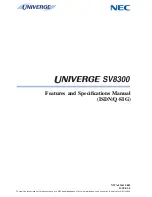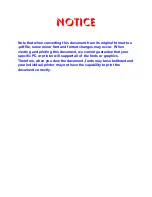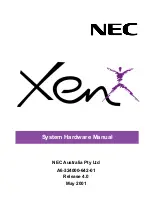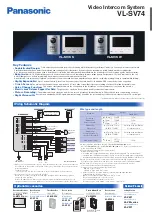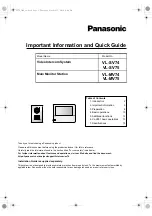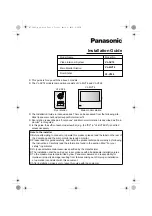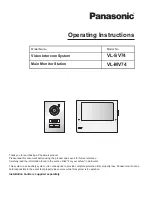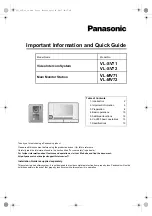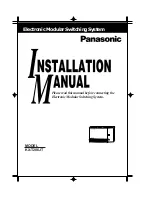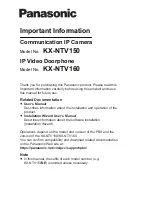
44 – Part 5: Specifications
VELUX heat transfer fluid – Inhibited propylene glycol-based heat transfer
fluid
Typical concentrations of DOWFROST fluid required to provide freeze and
burst protection at various temperatures
Note: These figures are examples only and may not be appropriate to your situation. Generally,
for an extended margin of protection, you should select a temperature in this table that is at
least 3°C (5°F) lower than the expected lowest ambient temperature.
Note: Freeze tolerance limits are based upon an assumed set of environmental conditions.
Extended periods of cold weather, including ambient air temperatures above the specified limit,
may cause freezing in exposed parts of the system. It is the owner’s responsibility to protect
the system in accordance with the Supplier’s instructions if the air temperature is anticipated to
approach the specified freeze tolerance limit.
Temperature
Percent DOWROST Fluid Concentration Required
°C
(°F)
For freeze protection volume %
-10
(14)
25
-14
(7)
30
-17
(2)
35
-21
(-6)
40
-26
(-15)
45
-34
(-26)
50
-40
(-40)
55
DOWFROST heat transfer fluid is a
formulation of 94.0 percent propylene glycol
and a specially designed package of industrial
corrosion inhibitors. The fluid is dyed bright
yellow to aid in leak detection. Solutions in
water provide freeze protection to below
-50°C (-60°F) and burst protection to below
-73°C (-100°F).
Recommended use temperature range:
-45°C (-50°F) to 150°C (325°F)
Suitable applications: single fluid process
heating and cooling, closed-loop, water-based
HVAC applications where propylene glycol
solutions are preferred or required.
For health and safety information for this
product, contact your VELUX solar water
heating system sales representative to
request a Material Safety Data Sheet (MSDS).
Material safety data for VELUX heat transfer fluid
Service temperature range
-45°C (-50°F) to 160°C (325°F)
Propylene glycol composition (% by weight)
94%
Performance additives composition (% by weight)
6%
Color
Fluorescent yellow
Specific gravity (15/15°c)
1.053 - 1.063
pH ( 50% propylene glycol)
9.5 - 10.5
Reserve alkalinity (min)
15.0ml
Testing your fluid’s pH level
Control of pH between 6.5 and 10.5 is important to minimize corrosion and glycol degradation. Using narrow range pH paper
such as pHydrion Control paper with a 7.2 to 8.8 pH range is an easy and reliable way to read your pH level. A pH tester can
also measure alkalinity or acidity and give you an indication of the reserve alkalinity or inhibitor level of the fluid. The desirable
pH range should fall between 7 and 9.
Spill, leak and disposal procedures for propylene glycol
Using appropriate safety equipment, small spills may be soaked up with common absorbent material. For large spills, the
fluid should be pumped into suitable containers located in diked areas. Residual material should be cleaned up with water.
Concentrate can be handled according to local, state, and federal regulations.




























